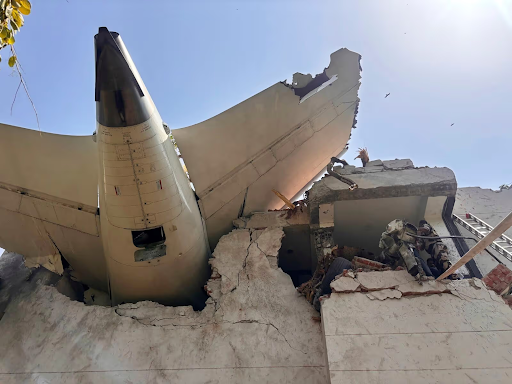




Copyright Infringement not intended
Source: Business Today
An Air India flight carrying 230 passengers and 12 crew members crashed in India's northern city of Ahmedabad shortly after takeoff on Thursday, killing all but one of those on board.
|
Global Rank (Domestic Aviation Market) |
3rd-largest (after U.S. and China) |
|
Current Annual Passenger Volume |
Over 240 million |
|
Target Passenger Volume by 2030 |
500 million |
|
Freight Growth Projection |
From 3.3 million to 10 million metric tons |
|
Growth Forecast |
Massive domestic growth expected |
|
Number of Airports (2014) |
74 |
|
Number of Airports (2025) |
160 (includes heliports and water aerodromes) |
|
Major Expansion Project |
Varanasi Airport |
|
New Civil Enclaves |
Bihta (Bihar), Bagdogra (West Bengal) |
National Aviation Safety Plan (2024–2028):Goals Reduce Operational Safety RisksStrengthen Safety OversightImplement State Safety ProgrammeInternational Safety CollaborationExpand Safety Data Sharing Networks |
|
Practice Question Q. How can India ensure that its aviation sector's rapid growth does not come at the expense of passenger safety and strong regulatory oversight? |
© 2026 iasgyan. All right reserved